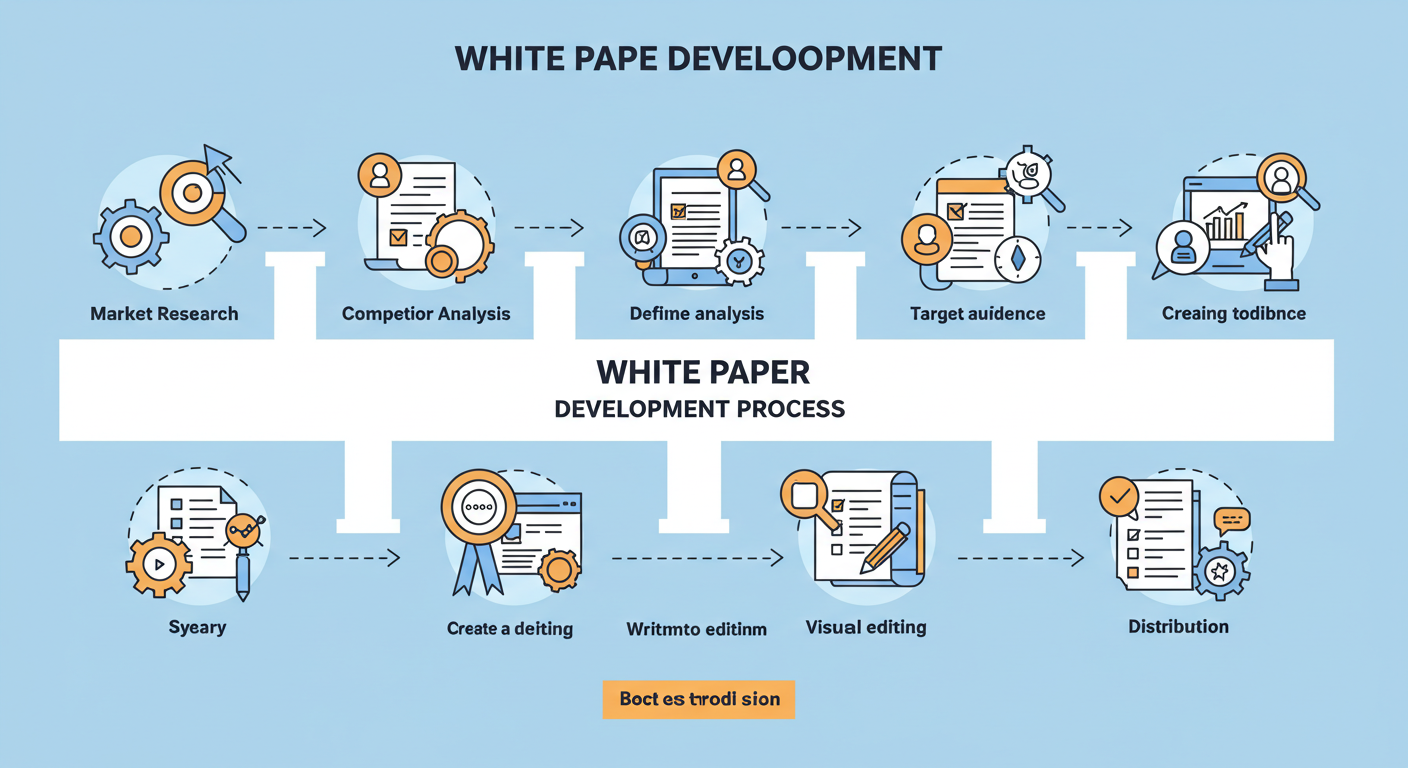The Community Is the Brand: Why Web 3.0 Marketing Starts with People

Strong 8k brings an ultra-HD IPTV experience to your living room and your pocket.
In the shifting digital landscape of Web 3.0, brands are no longer the sole architects of their identity; communities are. Unlike the traditional marketing model, which relied on top-down messaging and tightly controlled narratives, the Web 3.0 era emphasizes decentralization, transparency, and user ownership. These technological and cultural shifts mean that the most successful brands are now being co-created with, and even by, their communities. Marketing no longer starts with the product; it starts with the people. Blockchain networks, DAOs (Decentralized Autonomous Organizations), NFTs, and token-based incentives are tools that empower users to become advocates, collaborators, and even partial owners of the projects they support. In this environment, trust is built not through polished ads but through authenticity, shared values, and active participation. This blog explores why, in Web 3.0 Marketing, community is not just an asset, it is the brand, and how marketers can evolve to thrive in this new paradigm.
From Transactional to Relational: How Web 3.0 Changes the Marketing Dynamic
Web 3.0 represents a fundamental departure from the transactional ethos of Web 2.0. Instead of users being data points in an ad funnel, they are now stakeholders in a brand’s success. Relationships matter more than reach. Engagement becomes a two-way street, and trust must be earned through transparency and value creation.
- Ownership Fosters Loyalty: In Web 3.0, users often hold tokens or NFTs that give them a direct stake in a project’s future. This ownership creates a stronger emotional and financial investment, leading to deeper loyalty and long-term advocacy.
- Trust Is the New Currency: Decentralized systems are built on transparency. Smart contracts, public roadmaps, and open governance replace vague brand promises with visible, verifiable commitments. This shift compels marketers to be radically honest and responsive.
- Communities Drive the Narrative: Traditional marketing teams once controlled the story, but in Web 3.0, communities shape the narrative in real-time. Memes, social discourse, and DAO voting outcomes can impact perception more than any press release.
- Brand Building Is a Collective Act: The identity of a Web 3.0 project is co-authored by its contributors, holders, and fans. Branding happens through interactions on Discord, Twitter, and forums, not just visual design and slogans.
Decentralization Demands Decentralized Storytelling
In the decentralized world of Web 3.0, stories aren't broadcast; they're shared, interpreted, and reimagined across community channels. This form of storytelling is less about control and more about contribution. It invites community members to take part in the narrative and bring their perspectives to the forefront.
- Narratives Are Multi-Voiced: Projects succeed when they allow diverse community members to tell the brand’s story in their own words. This results in a richer, more authentic narrative that resonates on multiple levels.
- User-Generated Content Takes Center Stage: From Twitter threads to podcast interviews, fan-made explainer videos, and meme culture, community-generated media often outperforms official marketing material in reach and relatability.
- Influencers Are Found Within the Community: In Web 3.0, influence is earned through contribution, not bought through sponsorship. The most trusted voices are often those who are consistently active in the project’s ecosystem.
- Narratives Evolve in Real-Time: The community’s interpretation of a project’s progress can shift rapidly, especially during milestones, token events, or governance proposals. Marketers must learn to listen and adapt to community sentiment in real time.
Incentives That Empower,
Not Exploit: Web 3.0 introduces programmable, transparent incentive systems that can reward meaningful engagement without resorting to manipulative tactics. These systems allow communities to grow organically while aligning the interests of users and builders.
- Token-Based Incentives Encourage Active Participation: Rather than relying on passive consumption, tokens can reward behaviors like governance participation, content creation, or referral efforts, turning users into evangelists and decision-makers.
- Gamified Engagement Increases Retention: Quests, staking rewards, airdrops, and loyalty programs tied to contribution metrics incentivize deeper involvement while making the experience fun and memorable.
- Contribution Over Consumption: Web 3.0 flips the script: instead of measuring how much time users spend on a platform, success is measured by how much they contribute through code, content, feedback, or community management.
- Economic Alignment Creates Mutual Growth: When users succeed financially alongside the project, the growth becomes shared. This alignment reduces churn and fosters a genuine sense of ownership and long-term investment.
Platforms Are Communities, Not Just Products
A project is only as strong as its community. In Web 3.0, platforms are more than service providers—they're ecosystems built on trust, collaboration, and shared purpose. Community health is a key performance indicator.
- DAOs Turn Users Into Stakeholders: Community members with voting power on treasury decisions or development priorities are more likely to stay engaged and contribute with accountability and intent.
- Support Systems Come from Within: Peer-to-peer support in community channels often outpaces formal customer service. This organic help culture strengthens bonds and builds a sense of belonging.
- Community-Led Growth Outperforms Paid Acquisition: Word-of-mouth, community-created onboarding guides, ambassador programs, and referral loops lead to more qualified and engaged users than traditional paid campaigns.
- Culture Is the Product: The values, memes, jokes, and norms developed within a Web 3.0 community often define its identity more than any brand book. Culture is both the glue and the magnet.
Listening at Scale: Community Feedback as a Strategic Asset
In a decentralized environment, real-time feedback from the community is not just helpful—it’s essential. The best Web 3.0 marketers treat community insight as a core driver of product strategy, brand positioning, and roadmap prioritization.
- Feedback Loops Replace Focus Groups: Discord, X (formerly Twitter), governance forums, and snapshot voting provide a constant stream of feedback that is more timely and diverse than traditional research methods.
- Rapid Iteration Based on Community Needs: Agile projects can evolve quickly based on feedback, showing responsiveness and improving trust. Community-sourced feature requests often lead to real innovation.
- Transparency About What’s Being Heard: It’s not enough to collect feedback; projects must show they’re listening. Regular AMAs, roadmap updates, and dev blogs reinforce that user input matters.
- Tapping Power Users for Insights: Community moderators, early adopters, and core contributors are goldmines of insight. These users often have a pulse on what’s working, what’s broken, and what’s next.
Building for Belonging: The New Role of the Web 3.0 Marketer:
Today’s Web 3.0 marketer is more community builder than advertiser. The focus shifts from crafting campaigns to cultivating connections. Marketers must foster spaces where users feel seen, heard, and valued.
- Human-Centric Communication Wins: People crave connection, not corporate speak. Authentic, transparent communication, warts and all, builds emotional ties with the community.
- Rituals and Recognition Matter: From weekly town halls to leaderboard shoutouts and meme contests, structured community rituals create rhythm, engagement, and a sense of shared ownership.
- Inclusivity Drives Sustainability: Building inclusive environments across language, geography, identity, and skill level ensures a broader base of passionate contributors and reduces centralization of influence.
- Marketers as Community Stewards: Instead of controlling the message, marketers facilitate dialogue, resolve conflicts, and nurture an environment where creativity and collaboration thrive.
Conclusion: Community Isn’t Just Part of the Strategy, It Is the Strategy
In Web 3.0, communities aren’t an afterthought or an audience; they’re the architects of the brand. They design the culture, influence the roadmap, shape the narrative, and fuel the growth. The old marketing playbook of loud messaging and top-down control simply doesn’t work in this decentralized, trust-driven ecosystem. Instead, success comes from engaging with people as partners, building belonging, and creating shared value. When people feel invested emotionally, ideologically, and financially, they become not just users, but brand builders. And in this new paradigm, the brand is no longer what a company says it is; it’s what the community believes, builds, and shares together.
Ask ChatGPT
Note: IndiBlogHub features both user-submitted and editorial content. We do not verify third-party contributions. Read our Disclaimer and Privacy Policyfor details.






